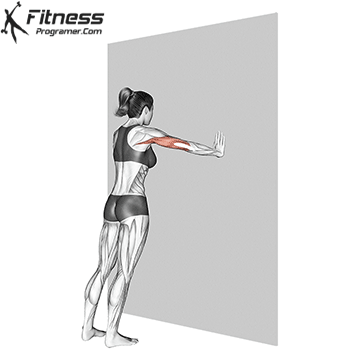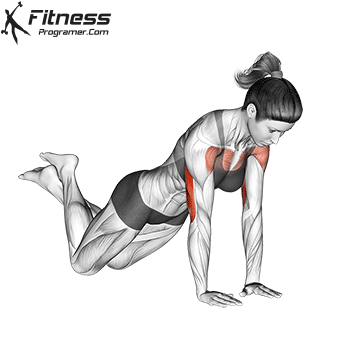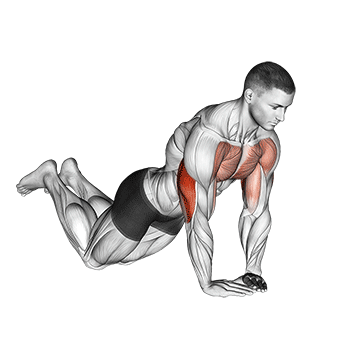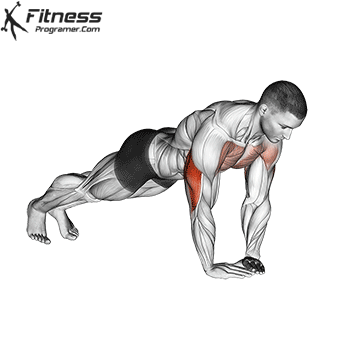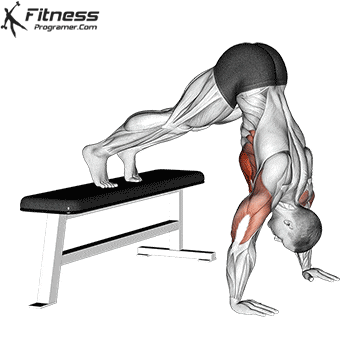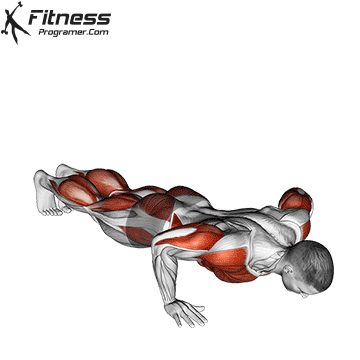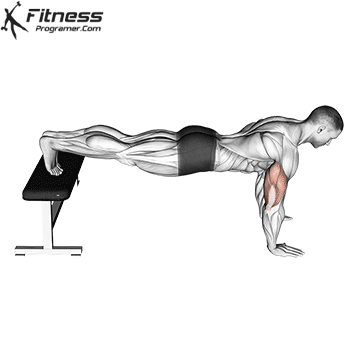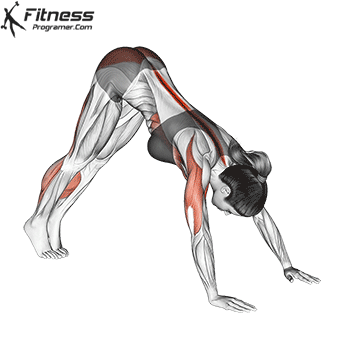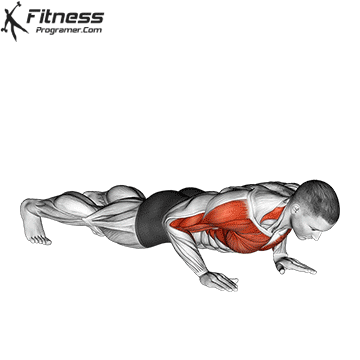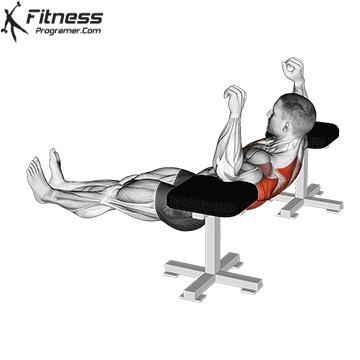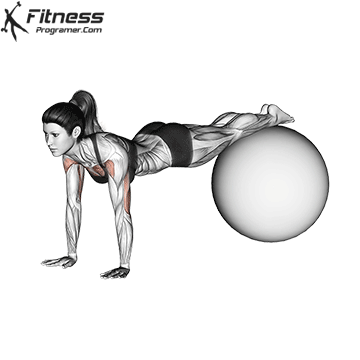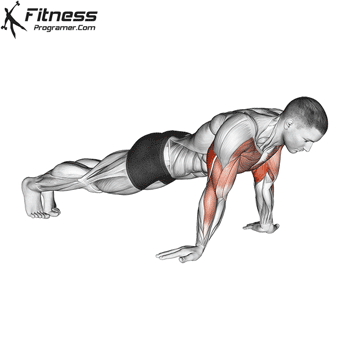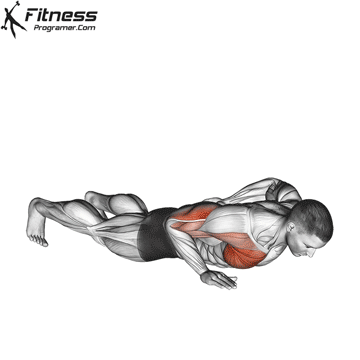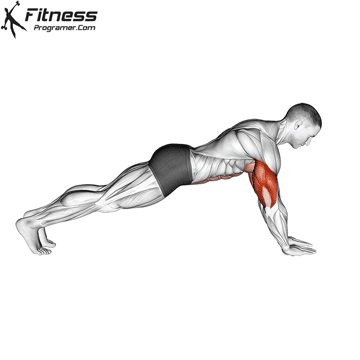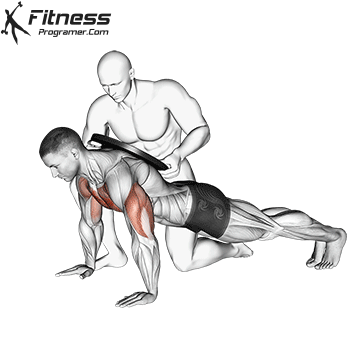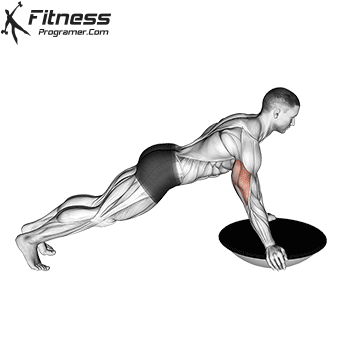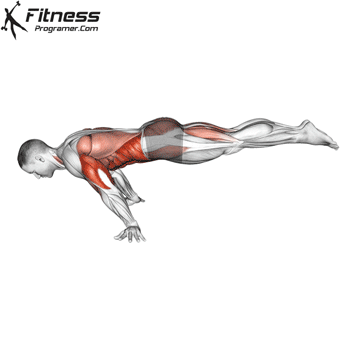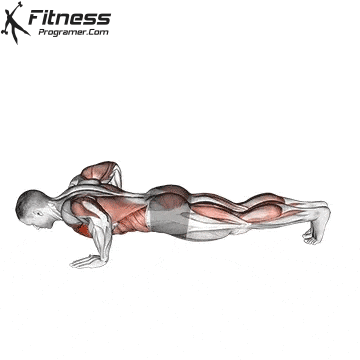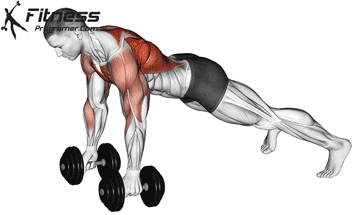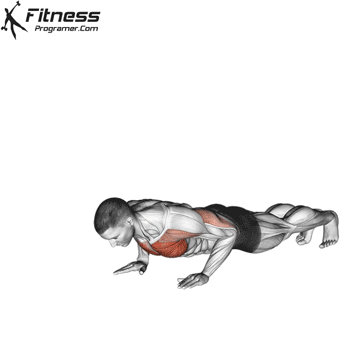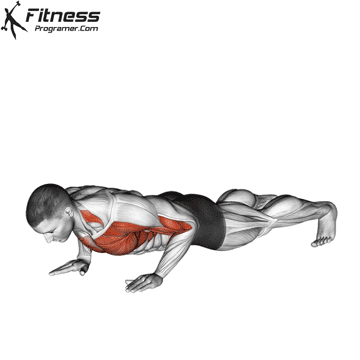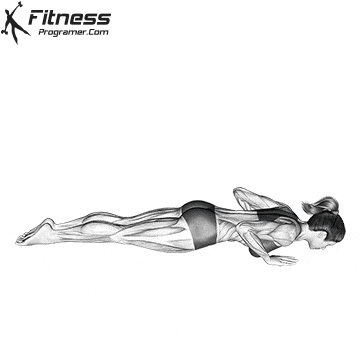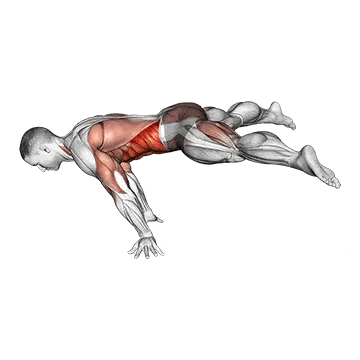Overview
The Suspended Push-Up is an advanced push-up variation performed with the hands placed in straps, such as TRX or gymnastic rings. This exercise challenges your strength, balance, and coordination by requiring constant stabilization through the upper body and core. Unlike traditional push-ups performed on a solid surface, the instability forces your stabilizer muscles to work harder, resulting in increased activation of the chest, shoulders, triceps, and core. It’s ideal for athletes and fitness enthusiasts looking to progress beyond standard push-ups.
How to Perform Suspended Push-Up
To perform the Suspended Push-Up correctly, follow these steps:
Set up your suspension trainer: Adjust the TRX straps or rings so that the handles hang just above the ground at mid-shin height.
Get into push-up position: Place your hands into the handles or rings, then walk your feet back to form a plank. Your arms should be fully extended, with wrists under shoulders.
Brace your core: Keep your spine neutral, hips level, and glutes engaged to resist swinging.
Lower your chest: Bend your elbows to lower your chest between the handles, keeping them at a 45-degree angle from your torso.
Push back up: Drive through your palms to return to the top position, fully extending your elbows while keeping the rings or straps stable.
Tips for Proper Form
Keep your core tight: Prevent swinging by bracing your abs and glutes throughout the movement.
Control your descent: Move slowly and deliberately to avoid losing balance.
Align your wrists and elbows: Keep your elbows in a 45-degree path to protect your shoulders.
Stabilize the straps: Try to keep the handles or rings from moving apart during the movement.
Maintain body tension: Keep a straight line from head to heels without sagging at the hips.
Common Mistakes
Letting straps drift apart: This creates instability and shifts load improperly.
Sagging hips: Weak core engagement can cause the lower back to collapse.
Shrugging shoulders: This leads to poor mechanics and shoulder strain.
Losing alignment: Allowing the hands to rise too high or dip too low affects tension and form.
Rushing the rep: Fast movements reduce control and increase the risk of injury.
Benefits of the Suspended Push-Up
Improves shoulder and joint stability: The unstable setup activates deep stabilizers to protect and strengthen shoulder joints.
Enhances core strength: The need to maintain balance forces your entire core to engage during each rep.
Develops upper body strength: Pushes the chest, triceps, and deltoids harder than floor push-ups due to instability.
Increases proprioception: Working in an unstable environment improves body awareness and neuromuscular coordination.
Adapts easily to skill level: You can make the exercise easier or harder by changing body angle or foot positioning.
How to Incorporate Into Your Routine
Use Suspended Push-Ups on upper body, push, or full-body days. Perform 3 to 4 sets of 6 to 12 reps depending on your strength level. Beginners may raise the straps higher or use an incline to reduce intensity. Advanced users can wear a weight vest or add tempo work for increased difficulty. These push-ups pair well with suspension rows or static planks for balanced training.
Push-up Muscles Worked

Push-up Variations
Push-ups can be modified and progressed to suit your fitness level. You can start with knee push-ups and work your way up to more challenging variations like diamond push-ups or one-arm push-ups.


